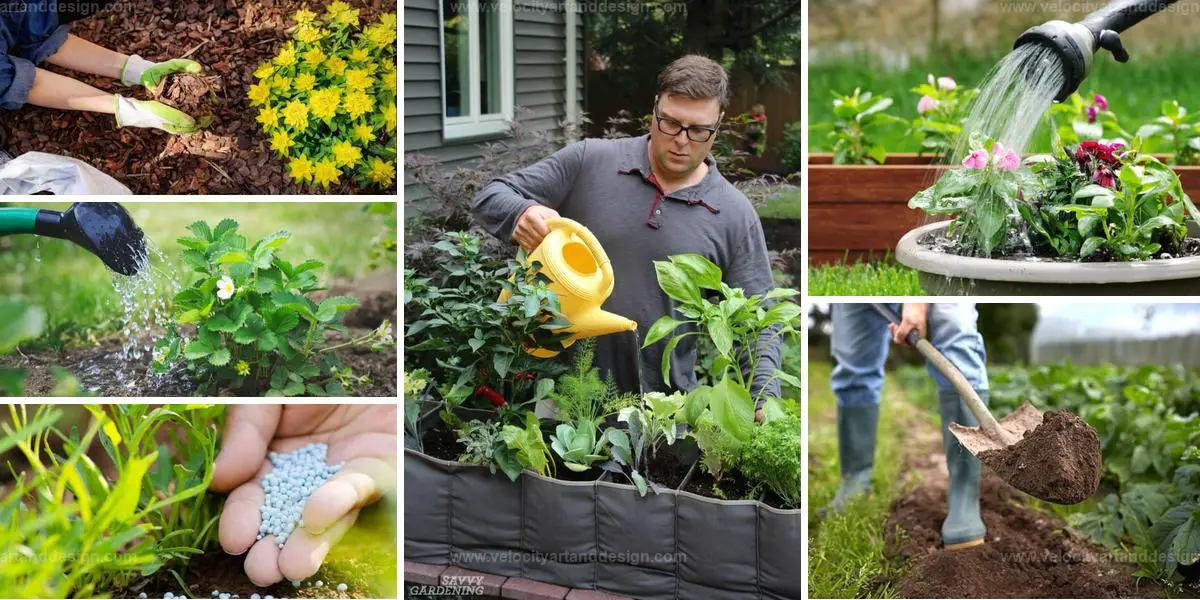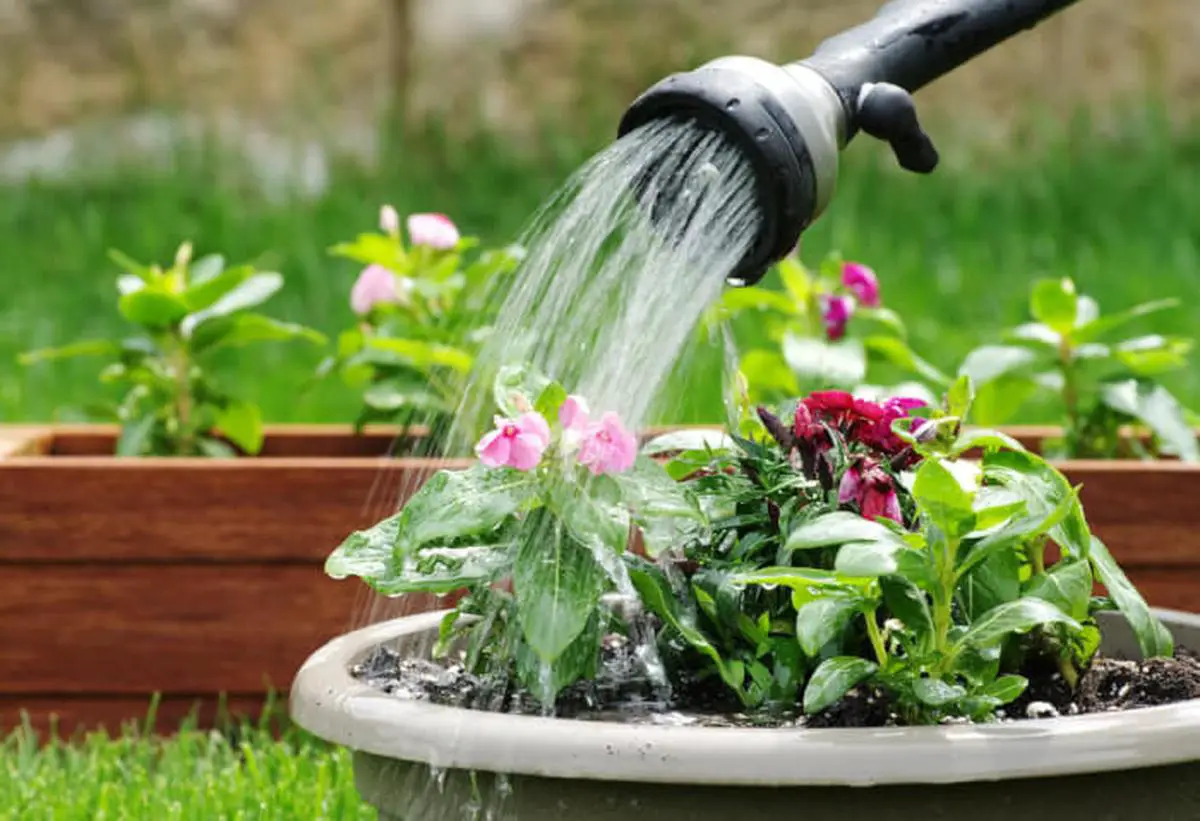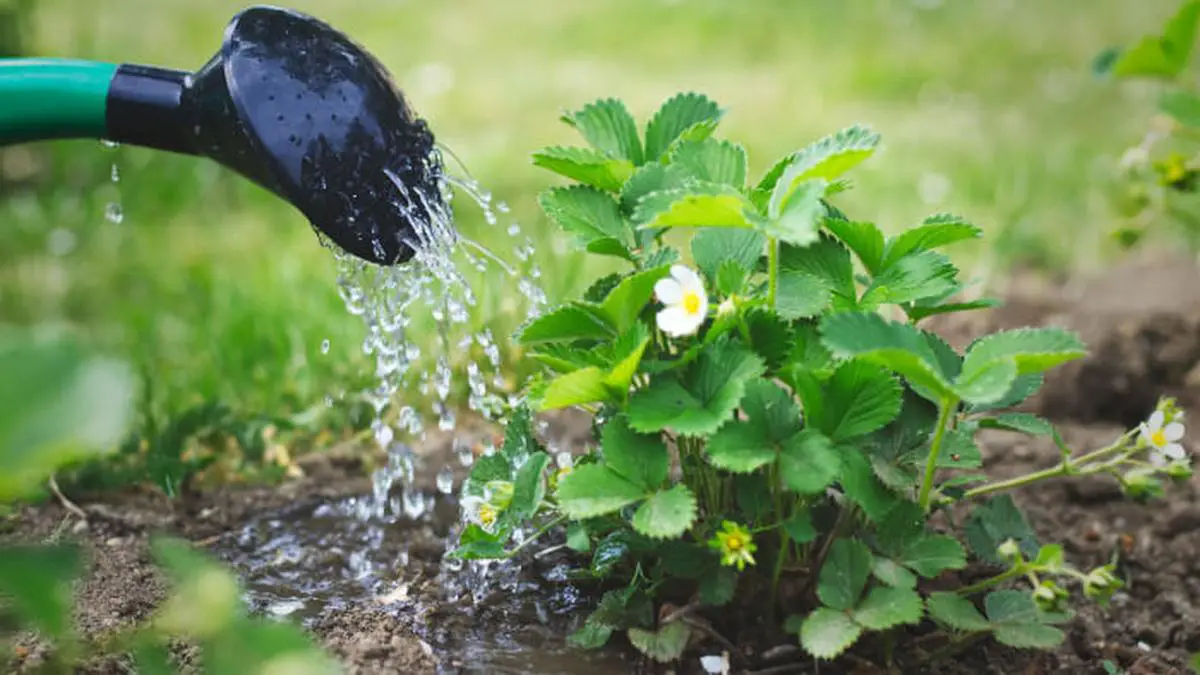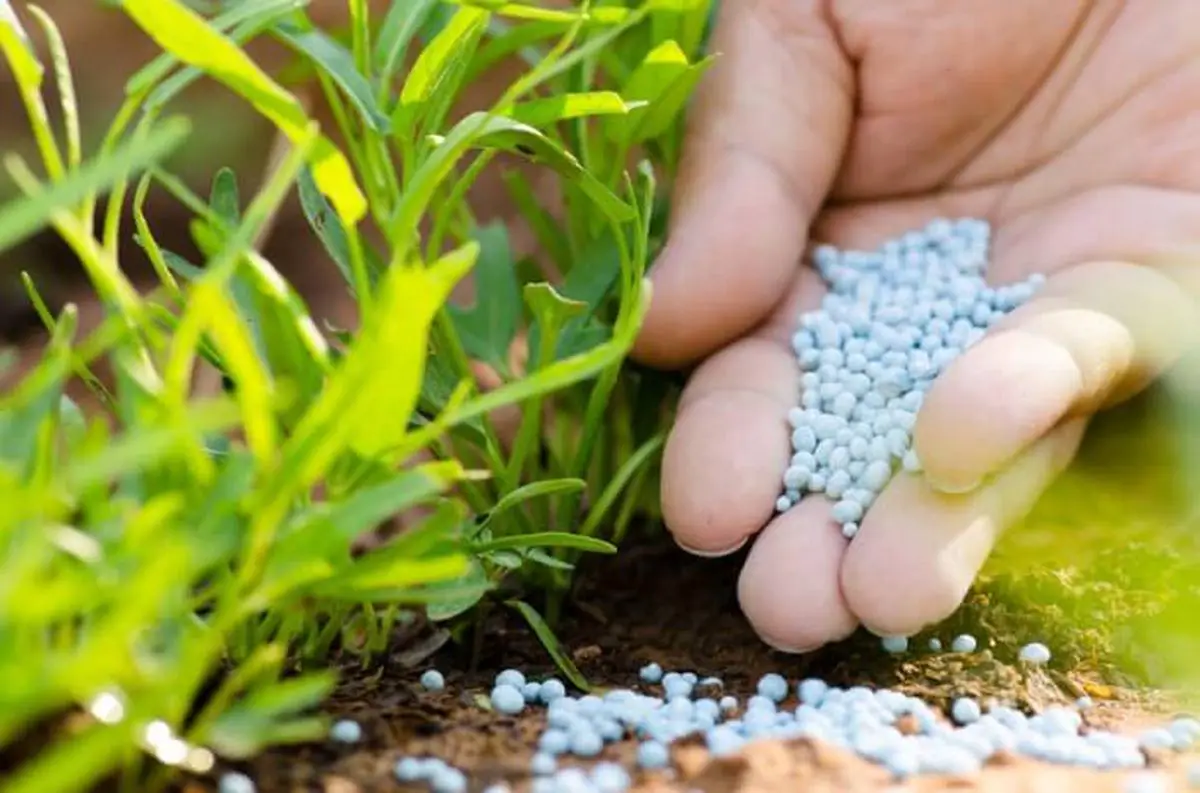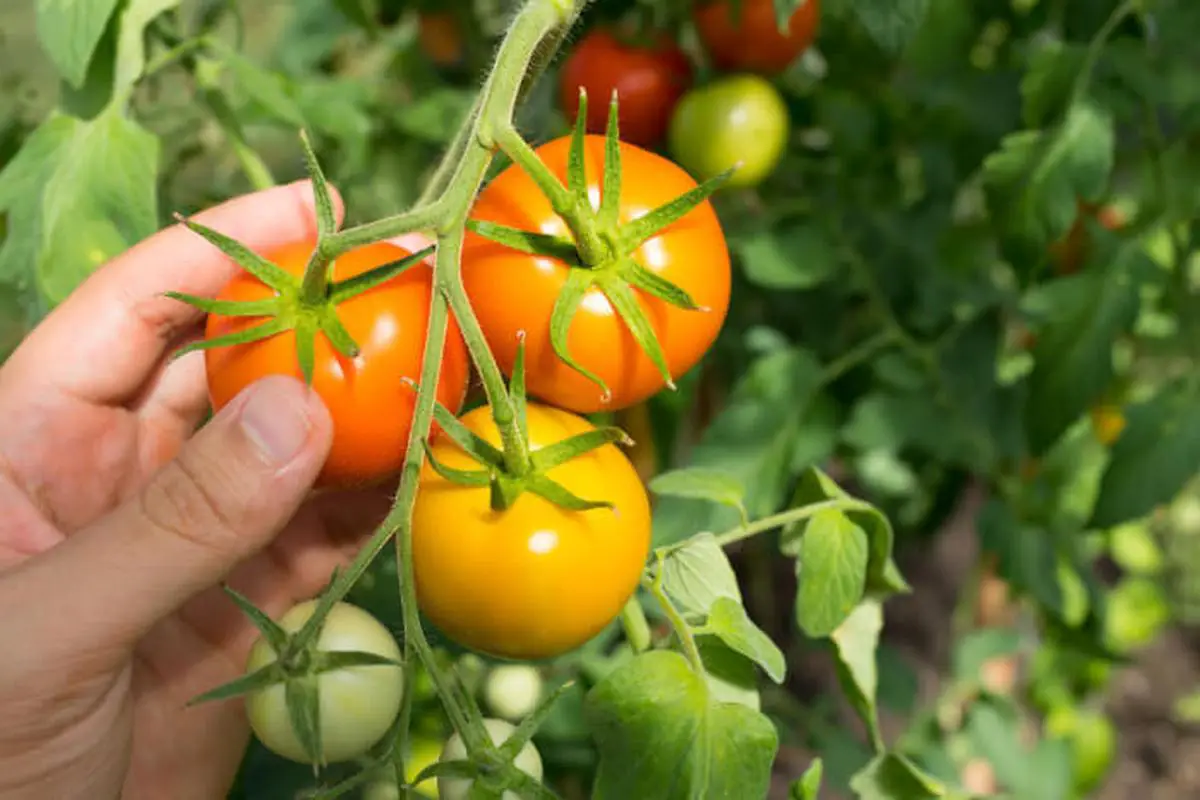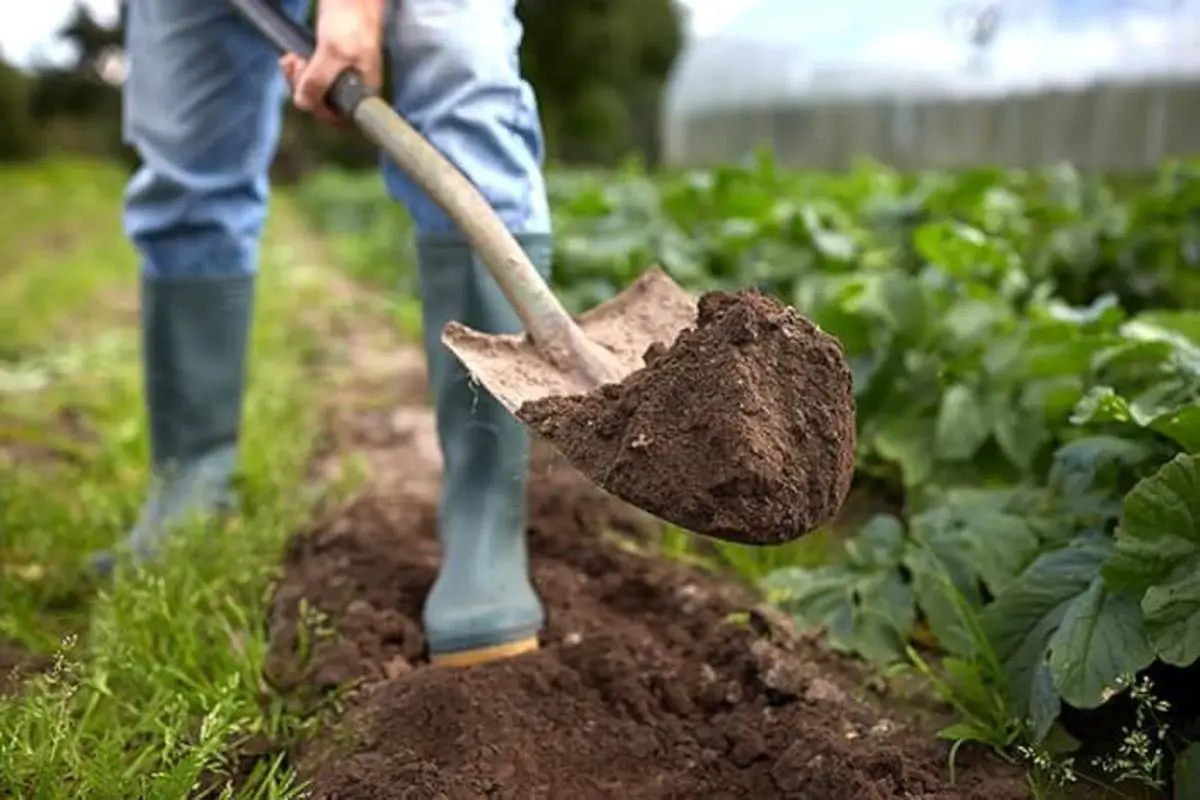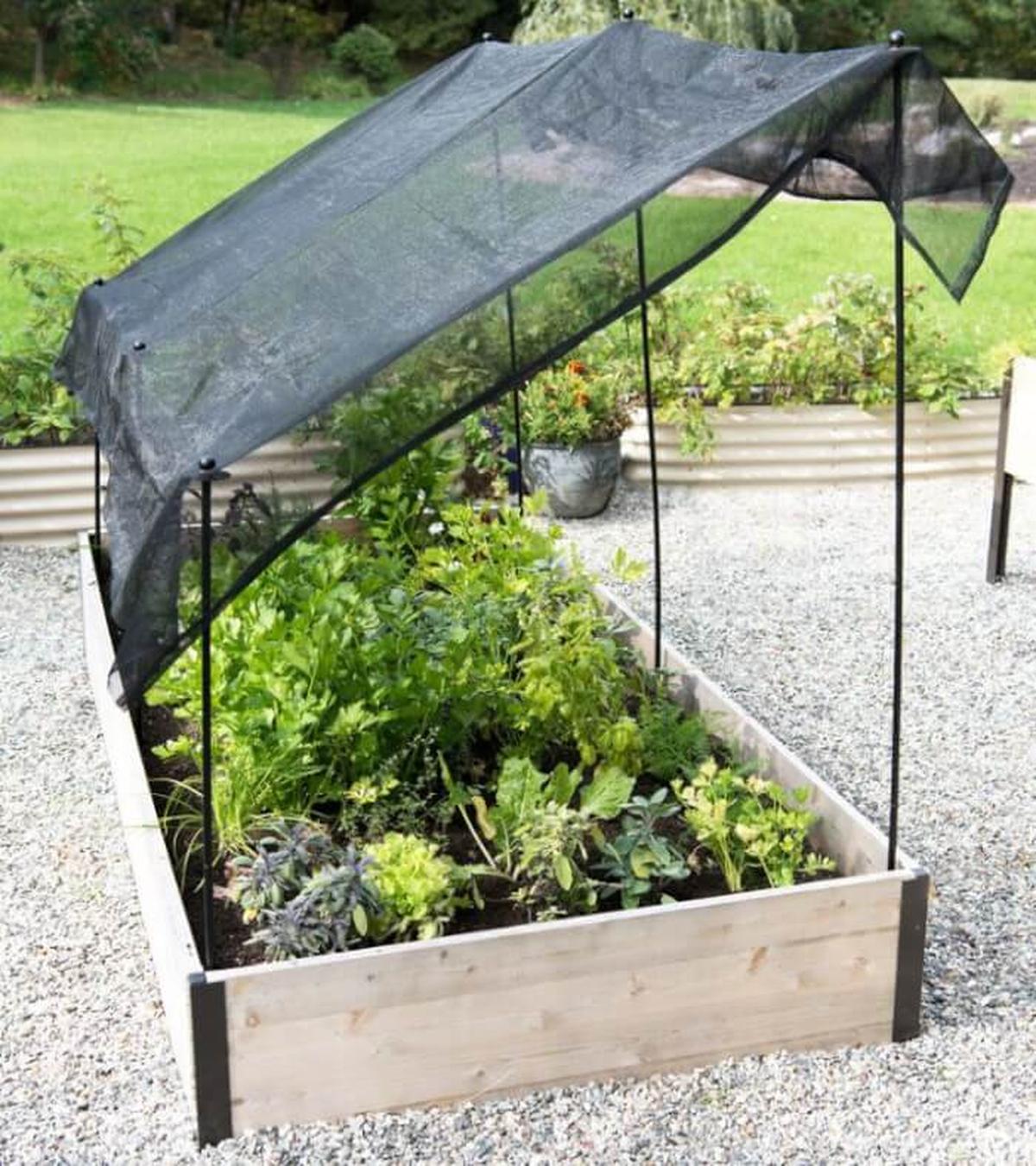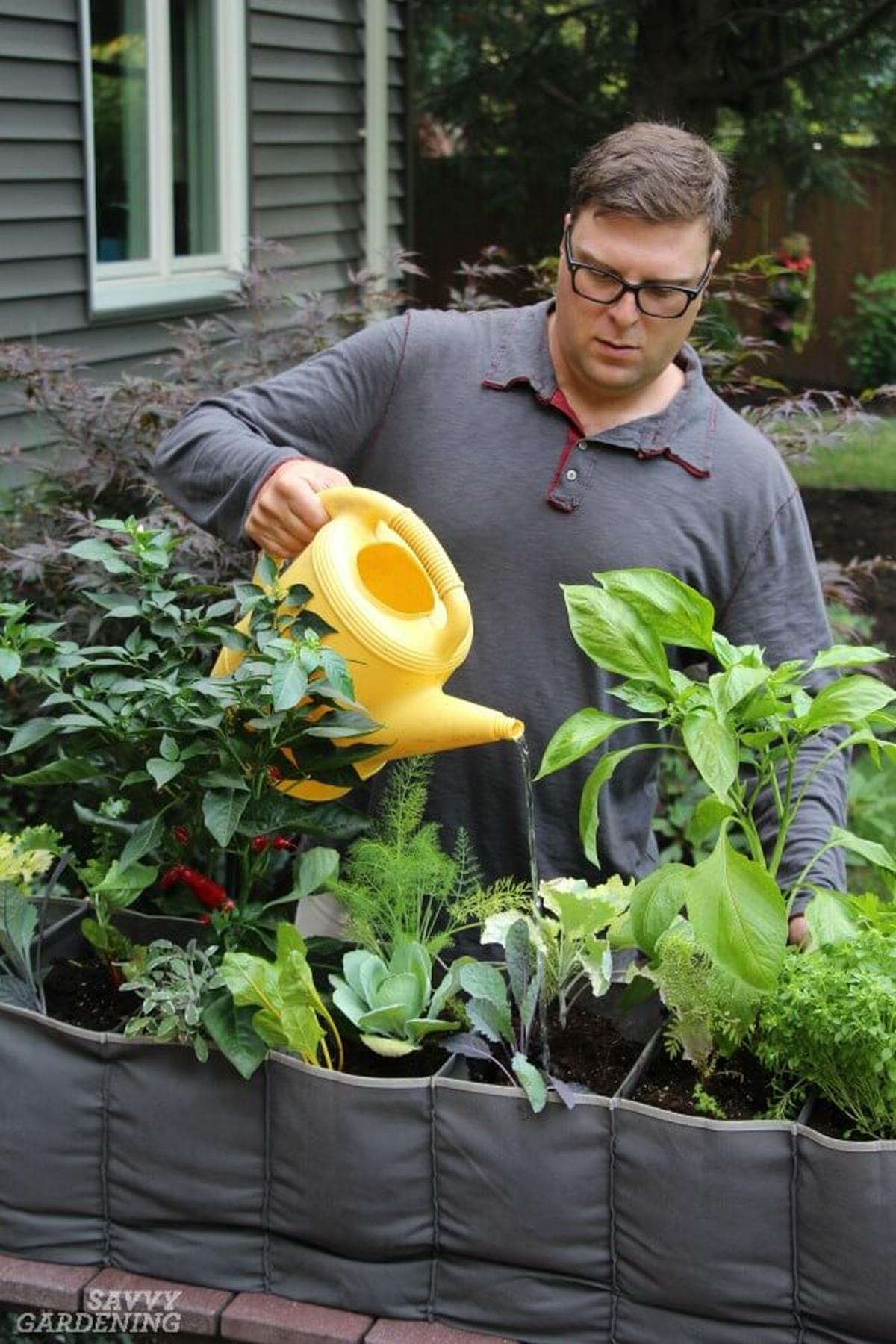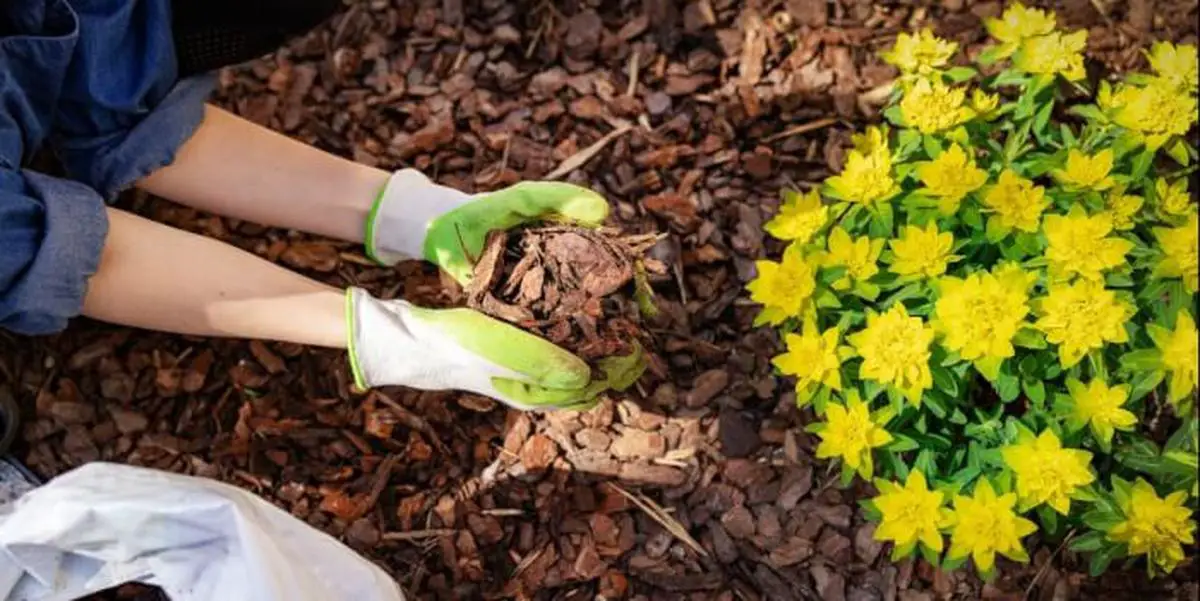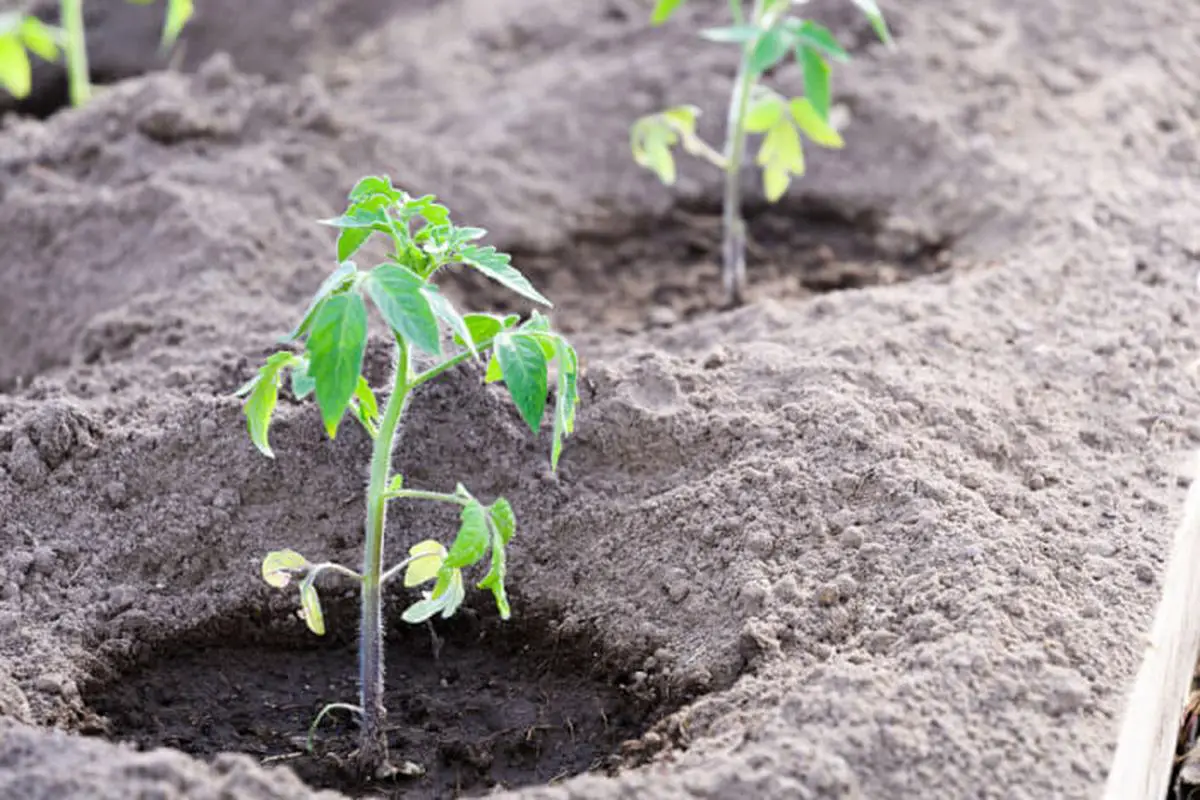9 Practical Ways to Keep Your Plants Cool and Healthy in Summer
As temperatures rise in the summer, plants can experience heat stress, which can impact their health, growth, and productivity.
If you’re looking to keep your garden thriving through the hottest days, these 9 essential techniques can make a big difference.
From providing shade to adjusting your watering schedule, these practical tips help reduce heat stress, allowing your plants to stay cool and resilient all summer long.
Discover how to support your garden during heat waves and ensure your plants are well-protected.
Water Plants In The Morning
Early morning is the ideal time to water your plants, as the cool air allows the soil to absorb moisture more effectively before the day heats up. This approach minimizes water loss to evaporation, letting the roots soak up as much as possible.
Consistently watering at this time helps establish a balanced, stress-free environment for your plants, encouraging robust growth.
Water Deeply
Deep watering is key to healthy roots. Instead of quick, surface watering, letting water soak deeply into the soil encourages roots to grow downward, anchoring the plant and giving it better access to nutrients and moisture.
Deep watering also provides long-lasting hydration, reducing the need for frequent watering and helping your plants thrive even in hot conditions.
Skip The Fertilizer
Fertilizers can harm stressed plants, especially in the heat, so hold off on feeding them. Fertilizer salts can draw water away from plant tissues when moisture is already limited, leaving plants more vulnerable to dehydration.
Skipping the fertilizer during heatwaves helps protect your garden’s health, allowing plants to conserve energy and focus on staying hydrated.
Harvest What’s Ready, Or Close To Ready
Harvesting fruits and vegetables when they’re ripe or nearly ready reduces strain on plants. Removing mature produce prevents plants from expending extra energy on ripening and seed production, which can be taxing in hot weather.
Regular harvesting helps maintain plant health and keeps your garden’s produce at its peak, bringing fresh, flavorful fruits and vegetables to your table.
Avoid Pruning, Digging, Or Moving Plants
Refrain from pruning, digging, or moving plants in intense heat, as these activities can cause extra stress. These tasks are best done during cooler, wetter weather to ensure plants retain their moisture and energy.
Leaving plants undisturbed during hot periods helps them focus on surviving the heat without added demands, keeping them resilient and stable in challenging conditions.
Add A Layer Of Shade
Providing shade is a simple yet effective way to protect plants from intense sunlight. Old bedsheets, sheer curtains, or shade cloths create a gentle barrier against direct rays, shielding plants from stress and heat damage.
Adding this layer of protection allows plants to thrive under less stress, supporting lush, resilient growth all season long.
Container Gardens Need Extra Care
Container plants need special attention in the heat since they dry out faster than plants in the ground. Frequent watering is essential, as pots can quickly lose moisture under strong sunlight.
Ensuring your container plants are well-hydrated with consistent care helps maintain a healthy, vibrant appearance even during scorching days, creating a thriving container garden.
Mulch For The Garden
Mulching your garden beds keeps the soil moist by reducing evaporation. A thick layer of mulch insulates the ground, locking in moisture and cooling the root zone.
Mulching also prevents weeds, which compete for water, and enriches the soil over time, making it an invaluable practice for garden health, especially in the heat.
Keep The Water In Place
Mounding a small ridge of soil around your plants’ base helps retain water, channeling it toward the roots rather than letting it run off. This technique ensures efficient use of water, keeping moisture within the root zone for better absorption.
Holding water in place this way optimizes hydration for each plant, especially beneficial during dry spells.

